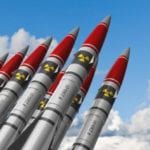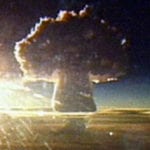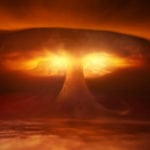 Movies and TV
Movies and TV  Movies and TV
Movies and TV  Humans
Humans 10 Times Scientists Were Absolutely Sure… and Absolutely Wrong
 Our World
Our World 10 Pivotal Moments for Life on Earth
 Movies and TV
Movies and TV 10 Most Realistic Medical TV Shows of All Time
 Creepy
Creepy 10 Eerie & Mysterious Ghosts of the Pacific Coast
 Weird Stuff
Weird Stuff 10 Typos That Accidentally Changed History
 History
History 10 Times Trickery Won Battles
 Technology
Technology 10 Awesome Upgrades to Common Household Items
 Misconceptions
Misconceptions 10 Hilarious (and Totally Wrong) Misconceptions About Childbirth
 Weird Stuff
Weird Stuff 10 Warning Labels That Exist Because Someone Actually Tried It
 Movies and TV
Movies and TV 10 Zombie Movies That Will Actually Terrify You
 Humans
Humans 10 Times Scientists Were Absolutely Sure… and Absolutely Wrong
 Our World
Our World 10 Pivotal Moments for Life on Earth
Who's Behind Listverse?

Jamie Frater
Head Editor
Jamie founded Listverse due to an insatiable desire to share fascinating, obscure, and bizarre facts. He has been a guest speaker on numerous national radio and television stations and is a five time published author.
More About Us Movies and TV
Movies and TV 10 Most Realistic Medical TV Shows of All Time
 Creepy
Creepy 10 Eerie & Mysterious Ghosts of the Pacific Coast
 Weird Stuff
Weird Stuff 10 Typos That Accidentally Changed History
 History
History 10 Times Trickery Won Battles
 Technology
Technology 10 Awesome Upgrades to Common Household Items
 Misconceptions
Misconceptions 10 Hilarious (and Totally Wrong) Misconceptions About Childbirth
 Weird Stuff
Weird Stuff 10 Warning Labels That Exist Because Someone Actually Tried It
Top 10 Nuclear Test Sites
For obvious reasons, most of the world’s sites for the testing of nuclear weapons are located in remote and little-known places, away from population areas and prying eyes. Although the sites may make the news whenever a weapon is tested, they are rarely anything but simply a name in the public consciousness. There are now 7 confirmed members of the nuclear club, and each of them at some stage has had to find some remote area to test their weapons. For some of them, lacking substantial areas of remoteness within their borders, this has meant either presuming on the friendship of other countries or simply grabbing hold of some far-flung place and using it despite objections from neighbors. Then there’s the problem of what to do after the testing is finished, which has generally turned out to be a major headache for all concerned. Here then are the top 10 nuclear test sites.
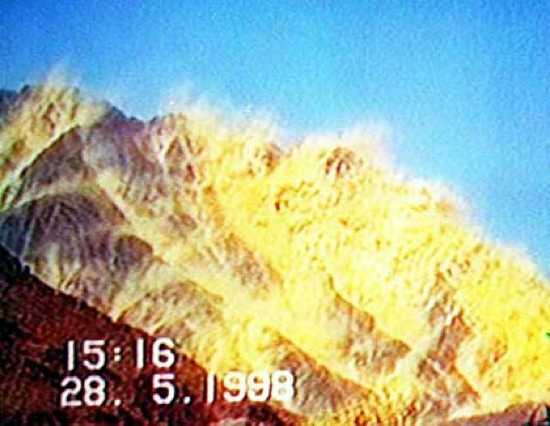
The newest member of the nuclear club, Pakistan had a long lag-time between developing nuclear devices and actually testing them. Although it is reasonably certain that Pakistan possessed nuclear capability as early as 1983, their first nuclear test was not carried out until May 1998. Koh Kambaran itself had been chosen as a test site as early as 1976. Located in Baluchistan Province, the site was chosen because the mountain ranges above the underground site are composed of granite and provide at least a kilometer of protection between the explosion and the open air above. In addition the local population is sparse and consists mainly of nomadic herders. During the late 70’s a 1 km long tunnel was dug under the site. Pakistan’s political problems prevented any early testing of their devices and its wasn’t until May 28, 1998 that five nuclear devices were exploded in the course of one afternoon deep underground. The test was named Chagai-1 and was precipitated by India’s detonation of two nuclear devices early in May. According to the Pakistanis, the largest yield from one of the devices was up to 40 kilotons. However, Western sources believe the largest yield was actually less than 20 kilotons. Although Pakistan has carried out nuclear tests at other sites since, Koh Kambaran and Chagai-1 hold a special place in the Pakistani national consciousness and May 28 has been designated a public holiday entitled Day of National Greatness.
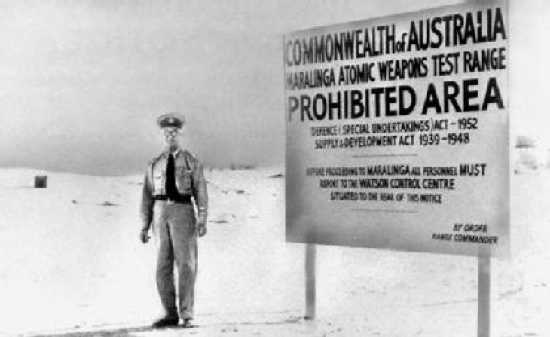
When the British started testing nuclear weapons in the late 1940s and early 1950s, they had the problem that nowhere in the British Isles themselves was really suitable for such tests. Fortunately, at the time, they had a rather large (although shrinking) Empire with plenty of remote space available. A number of sites were used, but perhaps the most controversial was their decision to persuade the then pro-Imperial government of Australia to allow testing in the Outback. Two sites in South Australia, Maralinga and Emu Field, were selected. Two tests were carried out at Emu Field in 1953 before a move to a permanent location at Maralinga. The small problem of a resident Aboriginal population was solved easily by forcibly relocating the native residents to a new community, although they persisted in wandering back to their old home. Two major sets of tests were carried out in 1956 and 1957, one of which was the first ever dropping of a nuclear device from an RAF aircraft. Testing continued until 1963. Clean-up operations continued until 1967, however the site remained dangerously radioactive. In the 1980s, major controversy developed when Aboriginals, Australian and British servicemen who had been exposed began exhibiting symptoms of radiation-related disease and cancers. A massive clean-up was initiated and the area was declared safe for visiting but not occupancy in 2000. Both Britain and Australia were forced to pay out massive compensation to their servicemen and the Aboriginals affected. However the resident Aboriginal population has never been allowed to return to their former home.
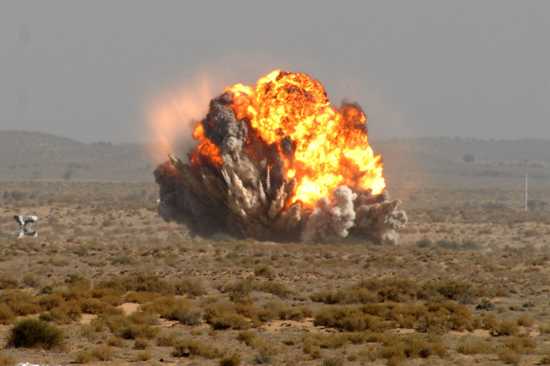
India began to develop its nuclear capability after fighting a border war with China in 1962 and several confrontations with Pakistan. Pokhran, in the state of Rajasthan, was chosen as its test site in the late 1960s. Although the Indian government claimed the site was in a remote desert area, it was near a population site. Pokhran was a town with a population of around 15000 when the first nuclear test was carried out at the nearby army base in September 1974. Designated Pokhran-1, the explosion yielded about 8 kilotons. In the face of worldwide condemnation, India claimed its only interest in nuclear power was for peaceful purposes and declared it would not build nuclear weapons. It wasn’t until May 11, 1998 that India carried out another test at the site. Designated Pokhran-2., four nuclear devices were detonated. On May 13, a thermonuclear weapon was also detonated. According to Western sources, none of the tests yielded the expected results and India cancelled testing of further devices. It has been claimed that India has dismantled its testing facilities at Pohkran but the Indian government will neither confirm nor deny this. However, the site remains heavily restricted and is off-limits to foreign observers. Any evidence that the residents of Pokhran itself have been affected by the nuclear tests has been kept secret by the Indian government.
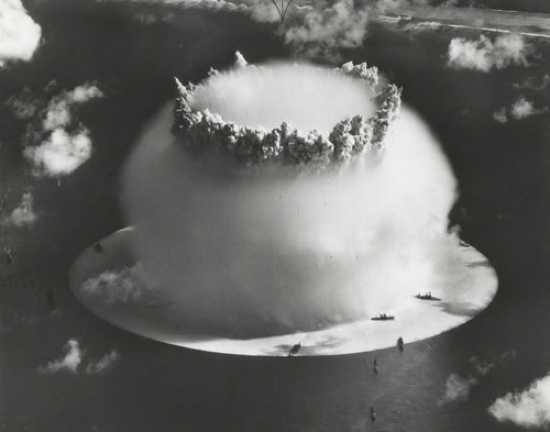
Although the US has conducted far more tests at other sites, Bikini Atoll, located in the Marshall Islands in the north-west Pacific, remains arguably the best-known nuclear test site of all time, partly because unlike other test sites, copious film and photographic evidence of tests here is in the public domain, and partly because the atoll gave its name to the two-piece bathing suit invented at about the same time as testing commenced here. Bikini was selected in late 1945 to be the successor testing ground to Trinity in New Mexico, where the devices dropped on Hiroshima and Nagasaki were developed. The island’s native population were moved to a nearby island with the assurance they would be back in 3 months. On July 1, 1946, the first peacetime detonation of a nuclear device was undertaken. The major subjects of the test were 250 obsolete and captured warships. Those ships not destroyed in that blast were subjected to a second test a month later. Between 1946 and 1954, some twenty tests were carried out. In 1957 the islands were declared safe, and some of the inhabitants allowed back, but they were forced to leave again after developing radiation sickness. The islands remain uninhabitable to this day, although it has become a popular spot for divers scouring the wrecks of the ships sunk in the initial tests. However, the site is so contaminated that fish caught in the vicinity cannot be safely eaten. Bikini Atoll was designated a World Heritage site in 2010.

Probably unique as the only site where two different countries have tested their weapons, Kiritimati, once known as Christmas Island, is an atoll which is now part of the Republic of Kiribati. One of the most remote places on earth, located virtually in the centre of the Pacific almost equidistant between Australia and North America, the island was chosen as a test site by Britain in 1957 in order to test its hydrogen bomb, Further tests were carried in 1958, before the British abandoned the site. The US took over in 1962 and detonated 22 devices before it too abandoned the island as a test site in 1969. Throughout all of the testing the island’s small population remained on the island, and subsequently some of them, as well as servicemen from Britain, New Zealand and the US, have reported radiation-induced sickness and higher than normal cancer rates. Nevertheless, the island’s population has grown substantially since the tests and the native flora and fauna continue to flourish.
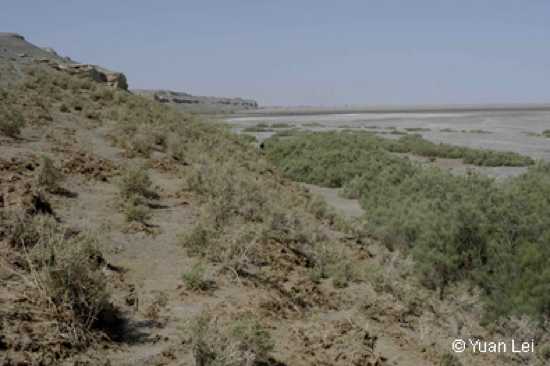
The Chinese tested their first nuclear device at this isolated marshy area in the Bayingolin Autonomous Mongol Province in October 1964. The test, designated 596, yielded 22 kilotons. It was followed by 44 further tests, 22 of them in the atmosphere and 22 underground before the Chinese suspended testing in 1996. Among the weapons tested here was China’s first hydrogen bomb, detonated in 1967. The Chinese have never released details of the effects on the local population and the environment. The area is particularly sensitive because nearby is the location of the famous Tarim mummies, as well as substantial remains of their ancient culture dating back to 1800 BC. However, the Chinese have never allowed foreign observers to examine the site of the tests and it remains off-limits to locals and tourists alike.
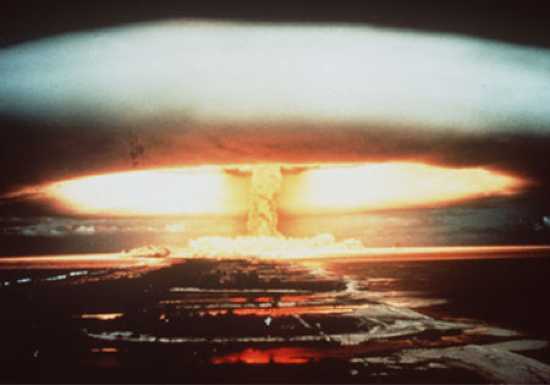
Arguably the most controversial test site in the world, the French decision to test nuclear weapons in their remote territory of French Polynesia caused major friction with other Pacific nations, most notably Australia and New Zealand. Although the French used a number of different islands for testing, most of the concern rested on its use of Mururoa Atoll and its neighbor Fangataufa. Between 1966 and 1996, France conducted 41 atmospheric and 147 underground tests on these two islets. New Zealand, which had adopted a nuclear-free zone policy, was particularly upset by these tests and at one stage despatched a naval force to protest. There were grave environmental concerns after it was revealed continued underground testing at the site was threatening to crack the coral base of the islands and release radioactive material into the Pacific. Relations between France and NZ reached a new low when French agents bombed a Greenpeace vessel in Auckland Harbour in 1985, killing one person. Eventually, under intense international pressure, France declared an end to nuclear testing in the Pacific. The last test was carried out in January 1996, after which the site was dismantled. The site remains a sensitive one though, as observers have noted that dangerous radioactivity is still present and that the monitoring systems set up by the French are inadequate.
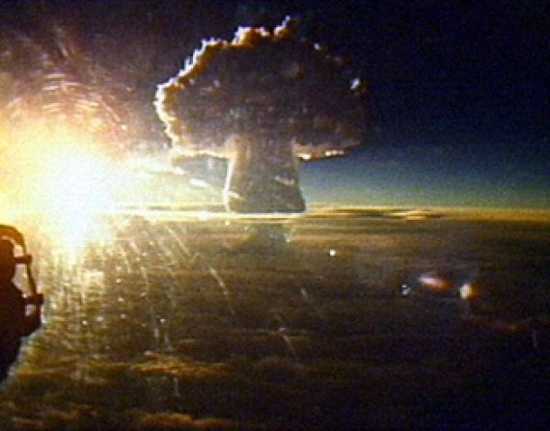
This remote and icy island above the Arctic Circle was subjected to 224 nuclear detonations by the Soviet Union between 1954 and 1990. Its main claim to fame is that in 1961, the largest ever nuclear detonation was carried out here, measuring over 100 megatons. However, the logistical problems of using this remote and inhospitable island meant it was never as favored for testing by the Soviets as the Semipalatinsk site in Kazakhstan. The last test was carried out here in 1990, just before the collapse of the Soviet Union, however, the Russian Federation has continued to use the site for low-level nuclear testing, short of detonation. The small native population who were removed in 1954 have never been allowed to return to their homes.
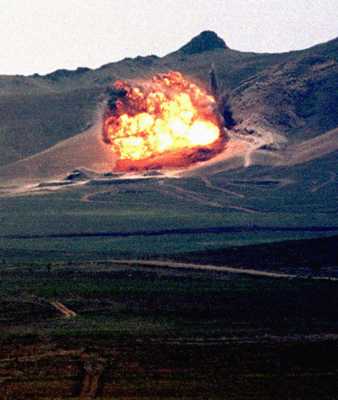
This most favored site for Soviet nuclear testing has been since 1991 the property of the Republic of Kazakhstan, who inherited a wealth of health and environmental problems that may take generations to be fully calculated. The Soviets conducted a whopping 465 nuclear detonations here between 1949 and 1981. Originally constructed in the Stalinist era with slave labour from the gulag, it was here that Russia’s first nuclear weapon was detonated in 1949. It was always the subject of intense interest by the West and particularly the US, who directed numerous U2 flights and then spy satellites to watch over the site. As a consequence the Soviets sent most of their infrastructure underground to hide it from the spies in the skies. Following the collapse of the Soviet Union, the site was handed over to the Kazakhs, who as signatories of the Central Asian Nuclear Free Zone treaty have declined to put it to the same use as the Soviets did. However, the health problems reported by some 220000 local residents including higher than average cancer rates will continue to exercise the minds of the Kazakh authorities for many years to come.
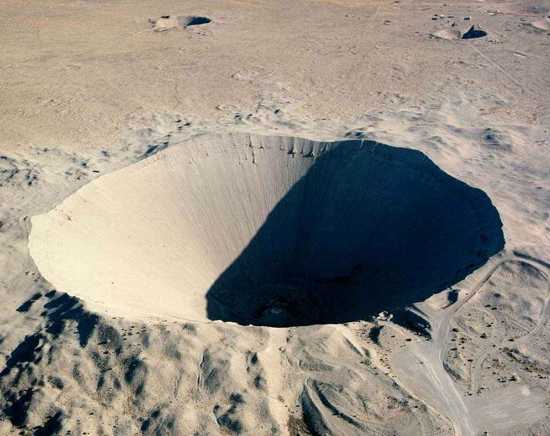
Welcome to the most nuked place on the planet. A staggering 928 nuclear tests were carried out in this 3500 km square area of Nevada 107 km north of Las Vegas between 1951 and 1992, more than 800 of them underground. As a result the area has been left peppered with subsidence craters. In the early days the nuclear tests were almost a tourist attraction. Mobsters attempting to build the gambling business in Las Vegas offered viewings of nuclear explosions as an added lure to visitors. Thousands of films and pictures were taken and distributed around the world. Movie productions were made amidst the dust blowing from nuclear detonations. However, as the health implications of the tests became known, it ceased to be a site for tourist exploitation and became a serious concern for the US government. It has been revealed that the cancer rates in the area surrounding the test site are almost twice that of the US population. A significant increase in childhood leukemia has been noted in the years following the beginning of nuclear testing. Numerous lawsuits alleging health problems have been brought against the US government since 1982. Over $500 million has already been paid out in compensation, and it is estimated the eventual health bill from the Nevada Test Site may exceed $5 billion. In 2009 the Nevada Test Site was officially declared the second most radioactively contaminated spot on the planet after Chernobyl. It is believed that radiation levels in some areas of the site actually exceed those present in Hiroshima and Nagasaki immediately after the A-bombs were dropped in 1945.

